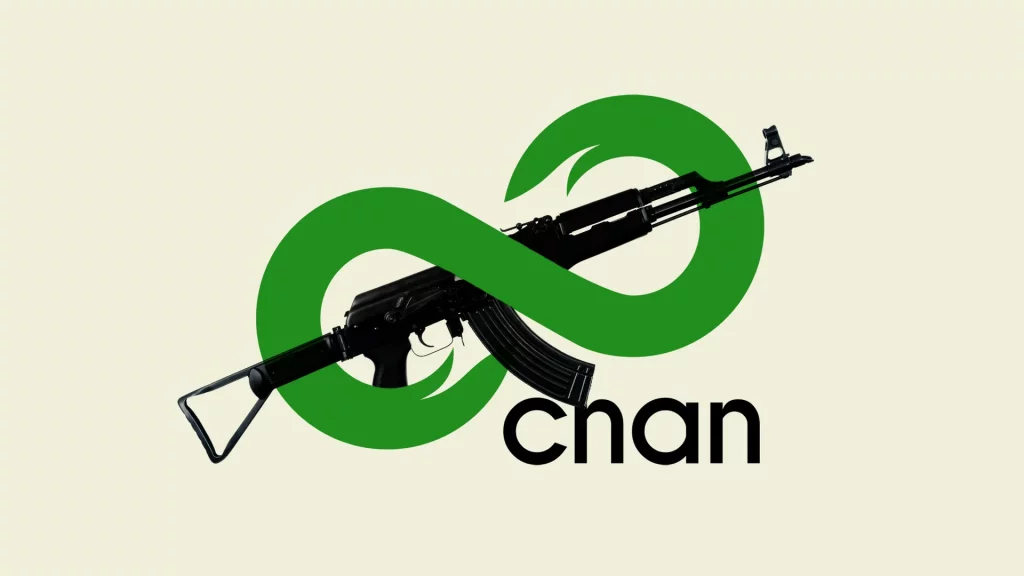Introduction – The Shadow of the Comment Section
Most people still imagine internet trolls as bored teenagers looking for cheap laughs. The reality is darker. Trolling has evolved from harmless pranks into a form of cruelty that exposes the sadistic undercurrents of human nature. Behind anonymity and screens, ordinary people unleash words and actions they would never dare in real life. What began as jokes in obscure forums has grown into a social force capable of destroying lives and even fueling violence.
Case Studies – Trolls in Action
Gamergate (2014)
In August 2014, independent developer Zoë Quinn released Depression Quest. A bitter blog post by her ex-partner accused her of personal relationships with journalists. What might have remained a private dispute exploded into a campaign of harassment. Under the hashtag #Gamergate, trolls from 4chan and Reddit mobilized. Female developers and critics who advocated for diversity in gaming were doxxed, sent death threats, and driven from their homes. The campaign was organized like a military operation: information leaks, targeted waves of abuse, coordinated intimidation. Trolls had turned cruelty into a collective weapon.

Celebrity Cyberbullying and Suicides (2018–2020)
By the late 2010s, troll culture had spilled into mainstream platforms. Twitter, Instagram, and YouTube gave trolls direct access to celebrities. The consequences were tragic. In 2018, K-pop star Jonghyun of SHINee took his life after years of depression amplified by constant online abuse. In 2020, pro-wrestler and Terrace House cast member Hana Kimura faced relentless hate messages before her death. These were not isolated cases. Trolls exploited mass connectivity to multiply their voices, normalizing cruelty. Millions witnessed these deaths in real time, proof that trolling was no longer a fringe phenomenon—it had entered the heart of global culture.

Christchurch and 8chan (2019)
On March 15, 2019, a gunman stormed two mosques in Christchurch, New Zealand, killing 51 people. The attack was staged for the internet. He posted a manifesto on 8chan, filled with memes, irony, and in-jokes designed for troll communities. He live-streamed the massacre on Facebook, framing murder as entertainment. Here, trolling culture merged with terrorism. Cruelty itself became content. Governments rushed to shut down 8chan, but the lesson was clear: online sadism could no longer be dismissed as “just the internet.” It had spilled blood in the real world.

Timeline Connection
From the digital witch hunts of Gamergate (2014) → to the celebrity tragedies of 2018–2020 → to Christchurch’s terror performance (2019), trolling escalated step by step. What began as pranks mutated into social weapons, and eventually into tools of radicalization and violence.
Psychological Mechanisms
The Online Disinhibition Effect
Anonymity removes the brakes. Without eye contact, accountability, or reputational risk, people express hostility freely. The thousands of death threats during Gamergate were not the work of hardened killers, but of ordinary users liberated by distance from consequences.
The Dark Triad and Everyday Sadism
Research shows that people who enjoy trolling often score high in narcissism, Machiavellianism, and psychopathy. Add to this “everyday sadism”—pleasure in others’ suffering—and trolling becomes more than mischief. Buckels et al. (2014) found that trolls derive direct enjoyment from causing distress, confirming what victims already knew: cruelty online is not accidental, but desired.
Deindividuation in Groups
When trolling becomes collective, responsibility dissolves. The psychology of mobs takes over: “If everyone is doing it, it must be fine.” Hana Kimura’s harassment storm showed this vividly—thousands of anonymous accounts joined in, each individual hiding in the crowd.
Reinforcement Loops
Trolling is addictive. Every emotional reaction from the victim—anger, tears, retreat—feeds the troll’s satisfaction. Christchurch’s killer anticipated this, embedding memes in his manifesto to provoke predictable responses from online communities. For trolls, cruelty is both entertainment and reward.
Why Sadism Finds Home Online
The internet is uniquely suited to sadism. It provides anonymity, amplifies mob dynamics, and rewards cruelty with attention. Offline, sadistic impulses are suppressed by law, norms, and empathy. Online, those restraints collapse. Pain becomes performance.
Social Consequences
- Radicalization pipelines: Trolling acts as an entry point for extremist ideologies.
- Silencing effect: Targets—often minorities or dissenting voices—retreat from public spaces, leaving discourse skewed.
- Platform responsibility: Companies like Twitter, YouTube, and Reddit failed for years to act decisively, allowing troll culture to metastasize.
Conclusion – The Mirror of Our Darker Selves
Trolls are not alien creatures. They are us, without consequences. The screen does not invent cruelty—it reveals it. Trolling is the digital mask through which human sadism, long restrained by society, now parades in public view. If anonymity unleashes this darkness, the real question is not why trolls exist, but what they reveal about all of us.
Your Feed Isn’t Human: How AI-Generated Comments Control the Internet
